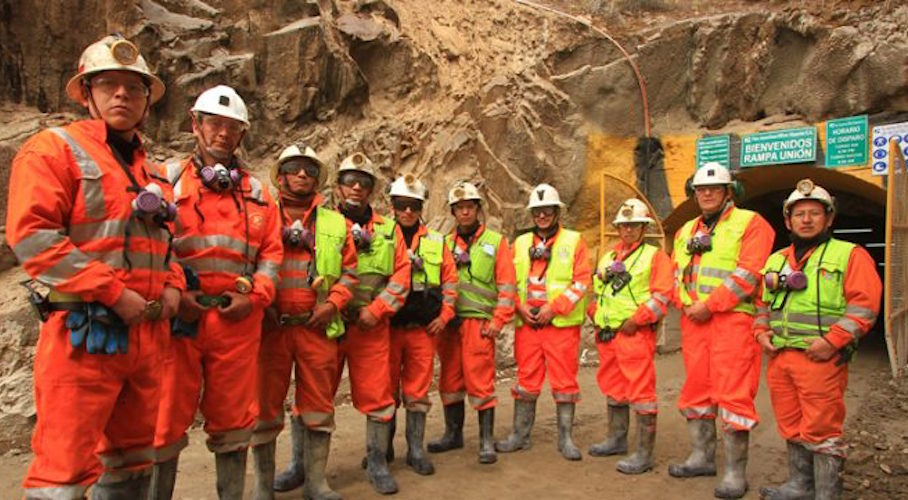
Chubut is not only famous for being the first Argentinian province to legalize medical marijuana. It is also known for having one of the largest silver, lead, and gold reserves in the world, as well as considerable amounts of uranium.
But most of these mineral resources, particularly silver, cannot be exploited in the southern region due to a moratorium that bans open-pit mining and the use of cyanide for metal recovery.
The activities have been prohibited since 2003, when 82% of the population at the city of Esquel voted to approve provincial law 5001.
But in times of recession, priorities shift. That’s why the provincial government announced the possibility of launching a new referendum in 2017, with the idea of revisiting the topic. “We need to update our productive matrix because we are not garnering enough income from oil, cattle farming, and fishing activities,” the minister in charge of coordinating the provincial cabinet, Víctor Cisterna, told the press.
Cisterna said that authorities are not sure of how many people would support the mining industry. Therefore, polling them with a legally binding method seems to be the best way of finding out.
But there is already some opposition in both Esquel and the Meseta Central de Chubut, where most of the deposits are located. Residents and activist groups say that allowing mining companies to operate in the area would threaten their water resources.
Nevertheless, the possibility of relaxing regulations on mining activities seems to have federal approval. Last month, Argentinian President Mauricio Macri organized a meeting between Chubut’s governor Mario Das Neves and Pan American Silver’s Chairman Ross Beaty.
Argentinian President Mauricio Macri, members of his cabinet and Chubut’s governor meet with Pan American Silver Chairman Ross Beaty (Photo: Casa Rosada).
During the meeting, Beaty re-pitched his $1-billion investment plan for the silver-lead Navidad Project in the Chubut plateau, which remains on care and maintenance since the fourth quarter of 2013 and whose estimated reserves are 632 million oz of silver and 3,000 million pounds of lead.
According to the exec for the Vancouver-based company, the project would help revitalize the economy by creating 3,000 direct and indirect jobs.